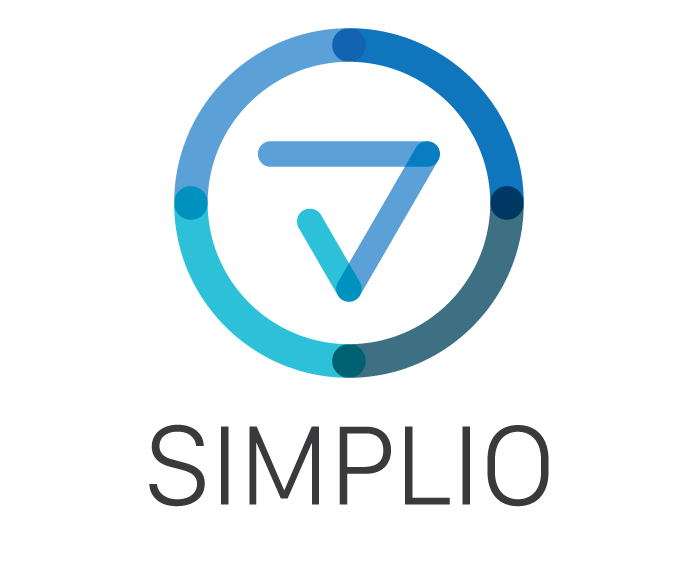In today’s connected world, physical products have the ability to come to life. I’m not talking about Woody and Buzz Lightyear, but high-valued consumer goods telling you what they need, when they need it.
Products now have the ability to provide data across multiple platforms to trigger the right action and recommendation at the right time. This type of direct connection can catapult brands to infinity and beyond when it comes to strengthening the relationship with their consumers. With the right technology and strategy, brands can take advantage of that connection now.
HOW IOT CAN IMPACT CUSTOMER EXPERIENCE
Thanks to technology, the way customers interact with brands has transcended over the years.
Websites paved the way for mobile devices and social platforms to thrive, providing new opportunities for brands to directly connect to their customers. Now, the rise of the Internet of Things (IoT) has only amplified unique brand-customer connections, creating a seismic shift in customer experience and engagement.
ZDNet defines IoT as “the billions of physical devices around the world that are now connected to the internet, all collecting and sharing data.” Consumer products such as smartphones, smart refrigerators, thermostats, fitness wearables and even smart toothbrushes are all generating some sort of information to help make our lives easier. The list will grow as more devices become capable of internet connectivity, and usher in an era of home automation technology. In fact, IHS Markit expects that, by 2030, 125 billion devices could be connected via IoT.
IoT data — including environment, usage and inquiries — is now available to enable a variety of functions that can create touchpoints between companies and their users. When deployed strategically, IoT data can be used for product personalization triggering alerts, education, and remediation events to ensure the best customer and product experience.
OPTIMIZING WITH REAL-WORLD DATA
Capturing IoT data allows brands to gather a myriad of information about their products. The real-world product usage data can feed information back to the customer and brand regarding their performance patterns. Based on this feedback coming directly from the product, brands now can forecast potential issues or recommendations — or even use this data to alert customers about product performance and identify when maintenance may be required. However, access alone cannot make an impact on a customer experience.
Historically, IoT projects have been laser focused just on alerts due to the need for high customer satisfaction and service. While that alert may bring incredible value to the customer, it’s only one dimensional. Now, there’s an opportunity to provide the right lifecycle of needs that the product requires. The issue is there are very few educational aspects built into the full product lifecycle.
Take Fitbit as an example, whose activity trackers and smart scales track a person’s daily step count, weight, calories, water intake and more. All that information is readily available via an app, not to mention incredibly personalized to the end-user. What’s not to love?
While Fitbits and other smartwatches are popular, there’s an opportunity to build even stronger relationships with the end-user. How? By leveraging the product usage data to provide a recommendation. What’s missing is the actual link to a recommended solution or further education on what the product is experiencing.
These products need a one-click purchase recommendation to the appropriate energy drink, supplement or muscle roller to help complete the whole “wearable” experience. If wearable brands made it into a full remediation context rather than just an alert, they would see a continuous loop of engagement.
Instead of a Fitbit for one-way customer engagement channel, consider the BabyCenter app. BabyCenter is one of the leading digital parenting resources worldwide. The app personalizes and tracks a woman’s pregnancy from conception to birth with stats, information, education and recommendations on the daily. It’s a relevant, personal and efficient experience that helps moms-to-be find the information they’re looking for and discover upcoming content on the way. It’s a hyper-targeted experience that resonates with its audiences.
The value proposition of BabyCenter is it takes the human (baby) as the “product” and generates a plethora of information around what the customer (mom) is going through (pregnancy). Each step along the journey has advice for what’s best for the baby at that stage, education on what they’re experiencing in any particular week and even recommendations on what body pillow to help restless moms sleep more comfortably. Personalizing to the consumer’s exact needs provides the highest level of engagement. BabyCenter wants to be the go-to guide, making consumers loyal to the app and itching to return to see what’s next.
Brands could do well to take a page from BabyCenter and not only provide alerts but education and recommendations using product-usage data to drive increased levels of engagement, fueling the overall customer experience.
AT THE CENTER OF THE CX REVOLUTION
In short, the power of IoT can unlock incredible opportunities, bringing significantly more value to the brand. If the consumer is happy with the brand, they’ll bring more value to the business. This can improve customer experiences dramatically by completing the remediation through a full product lifecycle context, ultimately driving revenue through a more enriched overall product experience.
Product-based, real-world data will unlock massive growth with macro-physical products by dramatically reducing churn and increasing retention. The point is that real-world data will enable brands to build a relationship with their customers around the success of their products — therefore creating millions more ongoing customer relationships, rather than unsuccessful abandonment of the product lifecycle.
In a world where customers want their individual situations noticed, fine-tuning customer engagement rules supreme, and IoT is at the epicenter of this customer experience revolution.
https://builtin.com/internet-things/how-iot-launching-customer-experience-next-level


